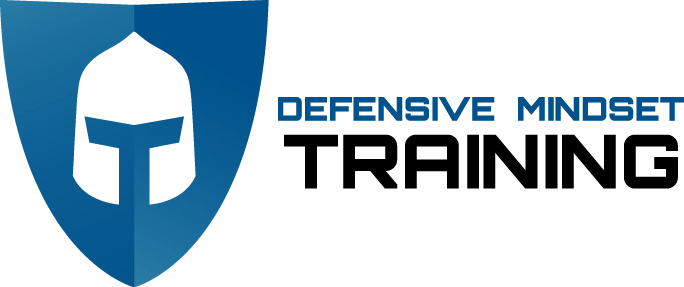The Core Philosophy of DMT - Part 2
Beau Doboszenski, Owner/Lead Instructor
Originally published February 8th, 2017
Last week I spent some time introducing part of Defensive Mindset Training's Core Philosophy, namely "No Ego." I'd like to continue that discussion with Part 2: The Why and Neuroscience.
I, like many of you reading this newsletter, grew up in the western education system, but I also grew up in the eastern training mindset through multiple decades of martial arts practice. The founder of Aikido, Morihei Ueshiba, was once asked where the next great martial art would come from. His answer was simple and direct: The United States, because they always have to know why. This is an interesting insight into the western/American mindset. Just being told what to do is usually never good enough. Think about young children, when you tell them to pick up their toys, or get ready for bed, or even to come along with you, almost invariably the first words from their mouth will be: "Why?"
Now a lot of our schools, training, - and especially our jobs! - systematically beat this natural curiosity out of us, but one of Defensive Mindset Training's Core Philosophies is to always ask why.
Asking why led us to start developing our curriculum not with what Larry, one of the founders, had done as a SEAL, but instead with a study of neuroscience. Larry introduced me to the concept of teaching and training people based on neuroscience and my whole world, training-wise, suddenly flipped on its head. You see, by understanding how neural pathways are developed in the brain, how the brain processes stimuli, and getting an education in how adults learn, led us to the realization that the method by which most Americans were being taught to use defensive firearms was not only wholly inadequate, it may in fact be doing more harm than good. That brings me to the other aspect of DMT's Core Philosophy: Neuroscience. Allow me to explain.
A neural pathway is a communication string between neurons inside of your brain. As information is brought in from the outside world, it is taken in through sensory organs, like our eyes or skin, transformed into an electro-chemical signal in the brain and eventually sent as a decision to move our bodies through our nerves and eventually our muscles. When we do something new, we are literally creating a new set of connections in our brain! But here's the kicker: if we do not ensure that those connections are solidly laid down, they will be subject to lots of interference from other existing (and more powerful) neural connections.
What's actually happening inside of the brain is, as we lay down a new neural pathway, our brain must change. As we repetitively develop that new connection, the brain "protects" that neural pathway with a thicker and thicker sheath of protective material called myelin. This process of creating a pathway and then making it more and more powerful is called Myelination.
The old adage is that "Practice makes perfect." This isn't correct when we understand Myelination. You see, if you make a crappy neural pathway and then repeat that crappy neural pathway over and over and over, what you'll have is perfectly crappy neural pathway! This is why I say that most training with firearms that people do is potentially more harmful than good. Because in a class where you have tons of information to cover and you do tons of "imperfect" repetitions, what you've created is a "bad" neural pathway. Then when you go practice that neural pathway, "badly," you're only making it worse and harder to remove.
This should suddenly explain why DMT trains people the way that we do. Small blocks of information, practiced as close to perfection as possible and over a period of time will lay down a solid neural pathway that will be myelinated against interference. The end result, superior skill even under stress.
So forget the adage that "practice makes perfect" and instead replace it with "Perfect Practices Makes PERMANENT Perfection."
I'll finish up this discussion on neural pathway development in next week's newsletter. Don't miss it!


